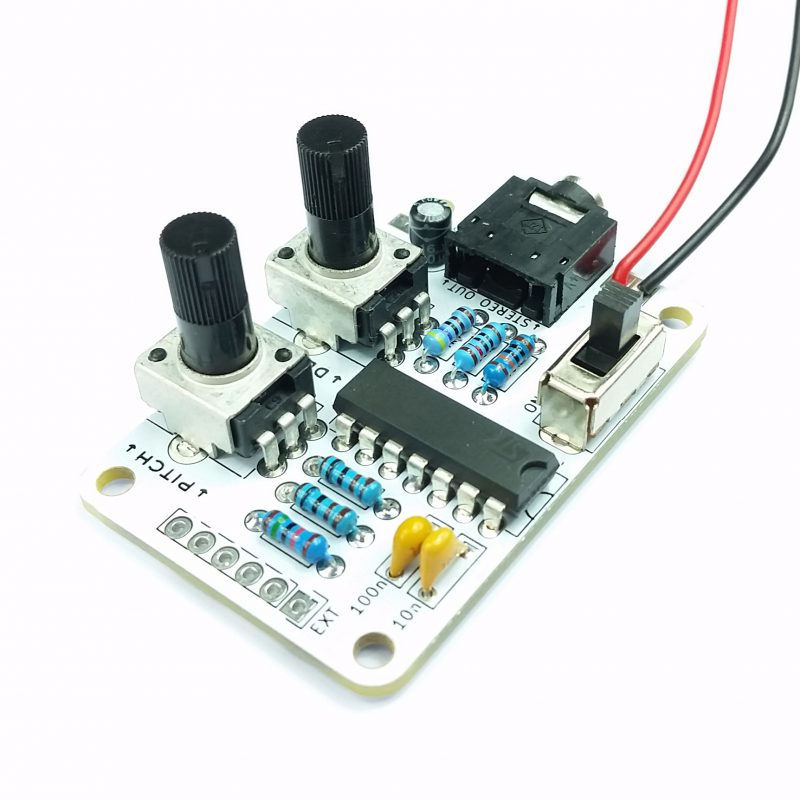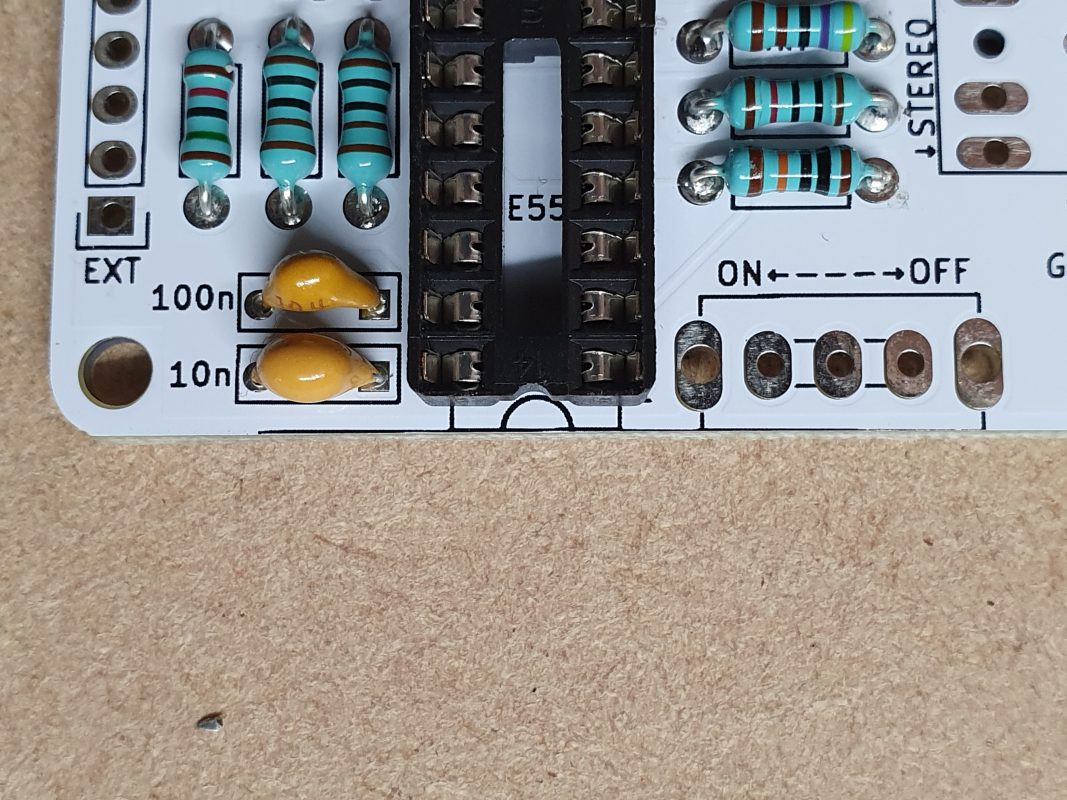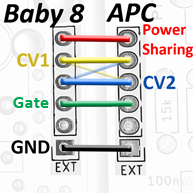WHATS INCLUDED IN YOUR KIT
There are a lot of small components included in the kit so please open the packaging carefully and check that all parts are present and correct using the parts list below before you start.
| PCB | |
| 500k Potentiometer | 2 |
| NE556 Dual 555 Timer IC | 1 |
| 100k Resistor | 1 |
| 15k Resistor | 1 |
| 10k Resistor | 1 |
| 1k Resistor | 2 |
| 4.7k Resistor | 1 |
| 10uF Electrolytic Capacitor | 1 |
| 9V Battery Snap | 1 |
| 10nF Ceramic Capacitor | 1 |
| 100nF Ceramic Capacitor | 1 |
| On/Off Switch | 1 |
| 3.5mm Stereo Jack | 1 |























